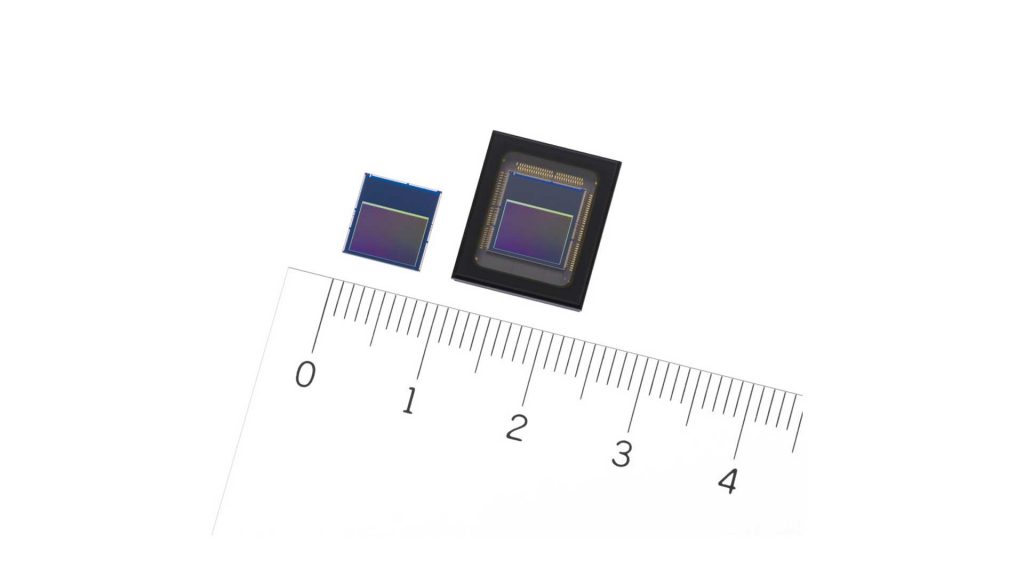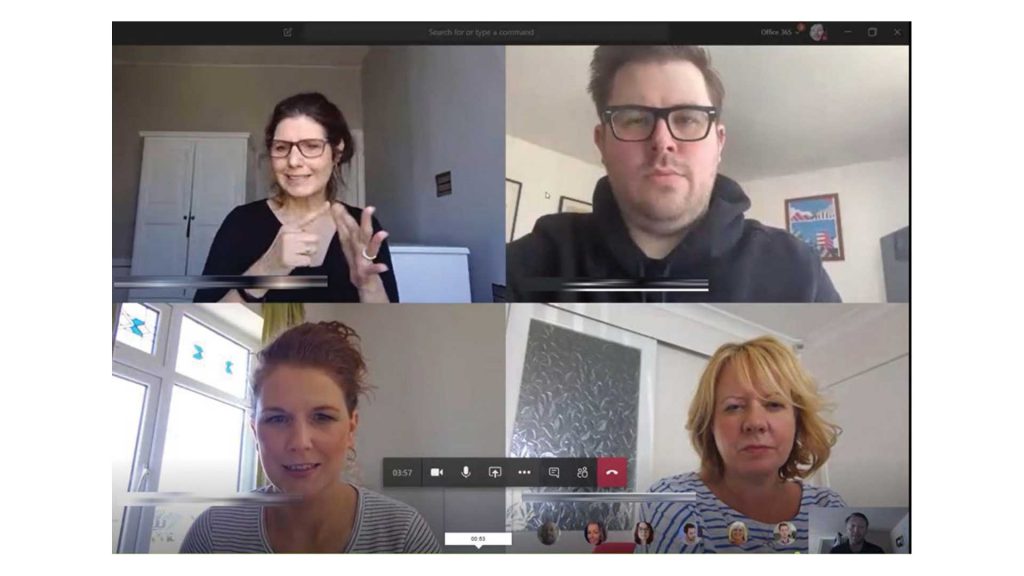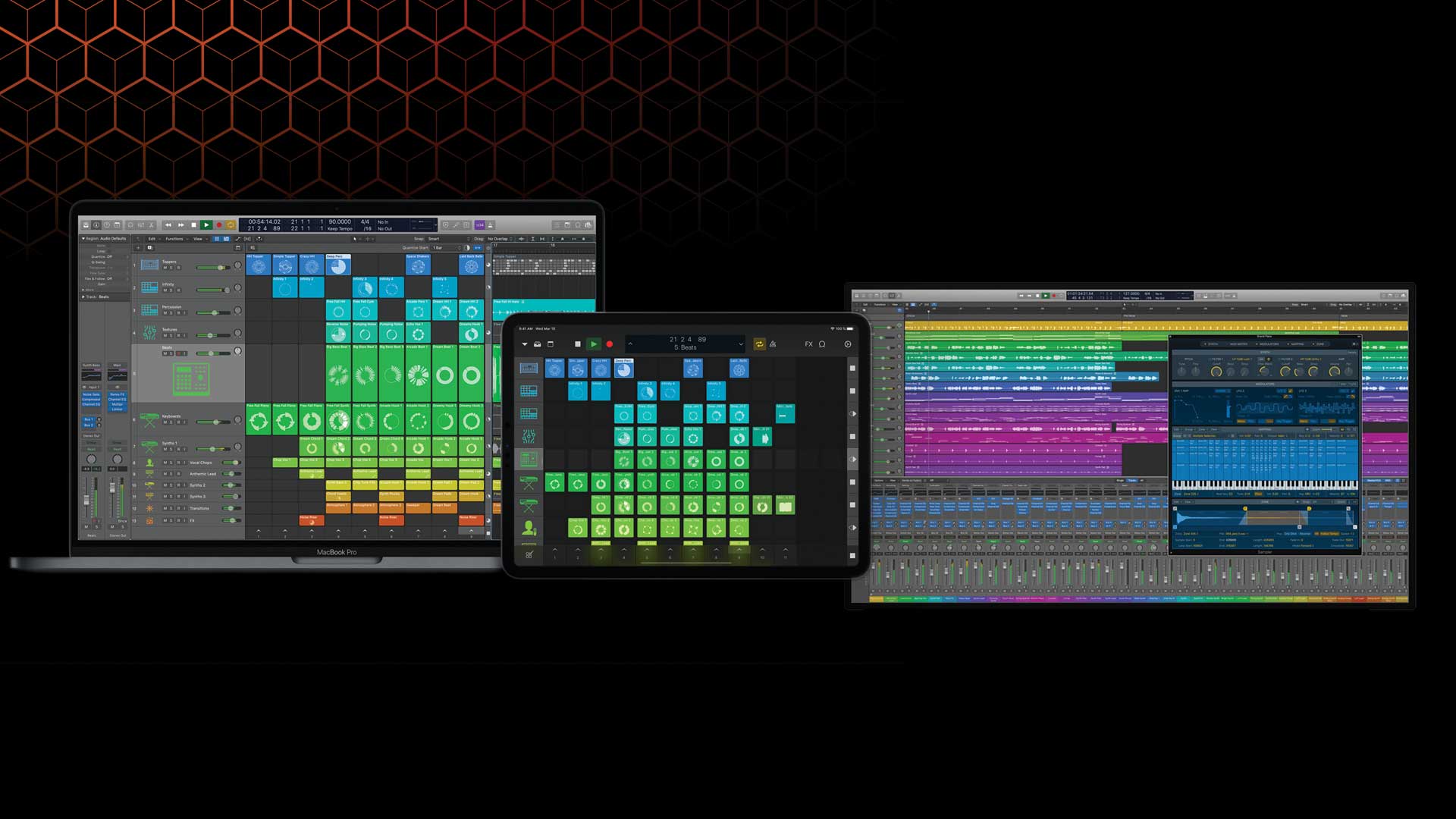Apple Logic 10.5
The problem with refining software, is it’s often hard to improve things further once breakthrough features have become established and embraced by competitors.
The digital audio workstation (DAW) software used by most top producers and engineers tends to be dominated by either Avid Pro Tools or Apple Logic. Each have their merits and specialise in different areas. For example, Logic has traditionally been much more comprehensive for MIDI whereas Pro Tools focused more on waveform manipulation and plug-ins.
Apple has released Logic 10.5 which they claim has one of these coveted breakthrough features, called Live Loops.
Loops, samples, and recordings can be organised into a new musical grid, where musicians can spontaneously perform and capture different arrangement ideas into the timeline. From there, tracks can be further refined using all of the professional production features in Logic.
Remix FX enhances Live Loops with an exciting collection of electronic effects like Bitcrusher, filter, gater, and repeater that can be performed in real time over individual tracks or the entire song mix. Both features become even more powerful when using the free Logic Remote app, allowing users to pair their iPhone or iPad with their Mac to provide Multi-Touch control over Live Loops and Remix FX.
Apple Logic 10.5 is available to download in the Mac App Store now, with a free trial version also on offer.
The Cloud is watching

The drive to the cloud permeates every part of IT. Be it in enterprise, consumer or government, the rise to the Software as a Service (SaaS) business model shows little sign of slowing down.
As with every evolving technology, sometimes it can be applied in new ways, not thought of from the onset. Sony and Microsoft have announced a new partnership that falls into this category.
Using system-on-a-chip Sony imaging and sensing technology, information can be sent to Microsoft’s Azure cloud platform where complicated artificial intelligence and machine learning can interpret the images and send instructions to third party apps or humans to further interpret.
What this means in practical terms, is the ability to maximise existing revenue streams, or uncover new ones. Every square inch of a business’s premises (a premium in Gibraltar) can also be optimised by further learning and analysing customer behaviour, so that the right stock can be held at the right level, at the right time.
“By linking Sony’s innovative imaging and sensing technology with Microsoft’s excellent cloud AI services, we will deliver a powerful and convenient platform to the smart camera market. Through this platform, we hope to support the creativity of our partners and contribute to overcoming challenges in various industries,” said Terushi Shimizu, Representative Director and President, Sony Semiconductor Solutions Corporation.
Retailers in the US are already using smart cameras to detect when to refill products on a shelf or to better understand the optimal number of available open checkout lanes according to the queue length. Alternatively, a manufacturer might use a smart camera to identify hazards on its manufacturing floor in real time before injuries occur.
In these COVID times, a further practical application could be its use to monitor social distancing rules in public places and alert accordingly.
UCLAN harnesses virtual tutorials & lectures

The University of Central Lancashire (UCLan), home to many Gibraltarian students, has adapted to the current social distancing regulations by turning to Microsoft Teams. Along with Zoom, Skype and FaceTime, Teams has been part of the charge to move person-to-person interaction and meetings online.
In-person teaching was halted in March as part of the UK Government’s measures to tackle the Coronavirus pandemic. UCLan, which has its main campus in Preston, quickly set up virtual lectures via Teams, which enabled students to continue learning while they are at home.
The university wanted to ensure online lessons were as accessible to as many students as possible, so they asked British Sign Language interpreters to sign the content in real time. Students also use Microsoft Translate to receive live captions of the lectures, which also helps those who don’t list English as their first language.
Maureen Nicholson, one of the British Sign Language interpreters at UCLan, said: “It’s all about giving students the right level of access and making them feel like they don’t have to jump through any hoops and to have anything extra. It should be just an equal playing field, and I think that’s what I really like about this University, accessibility isn’t an afterthought.”
Lectures delivered via Teams can be recorded, allowing students to review them as often as they like or, in the case of overseas students, watch them at a time more appropriate for their time zone.







